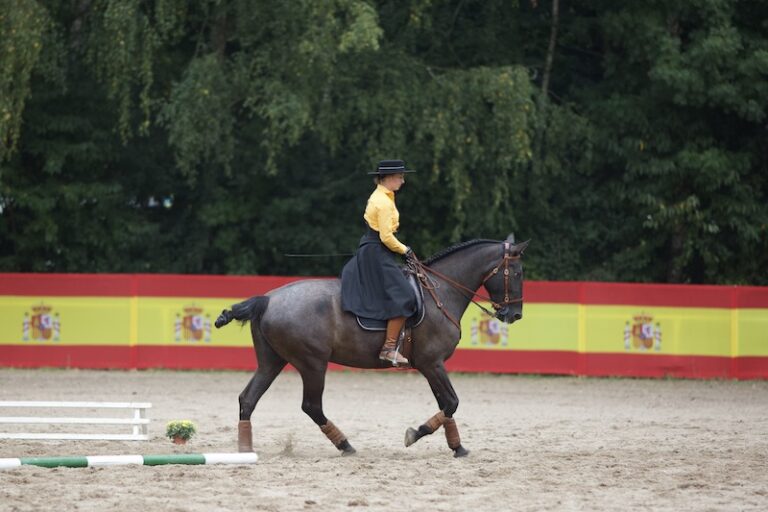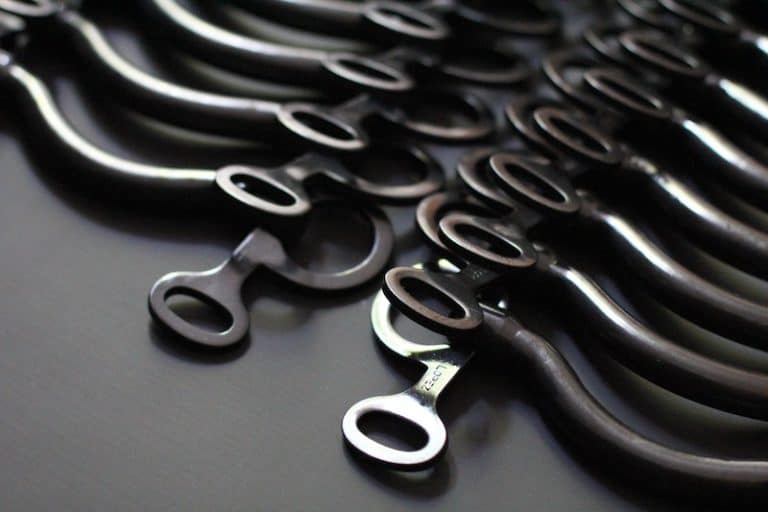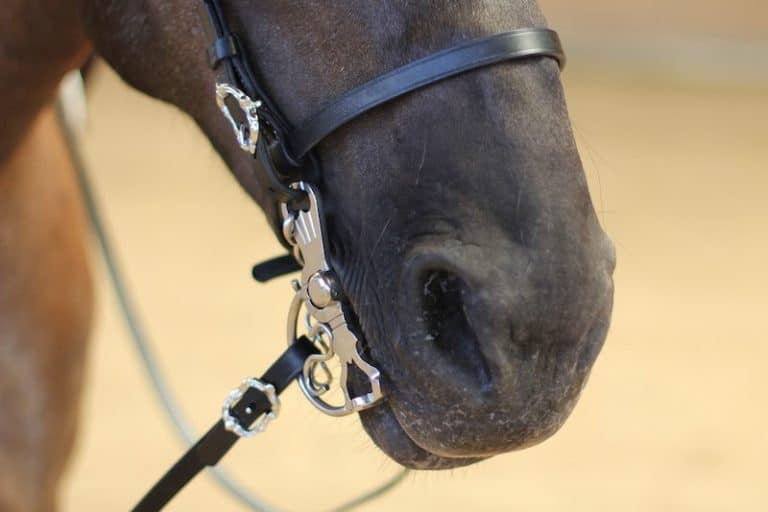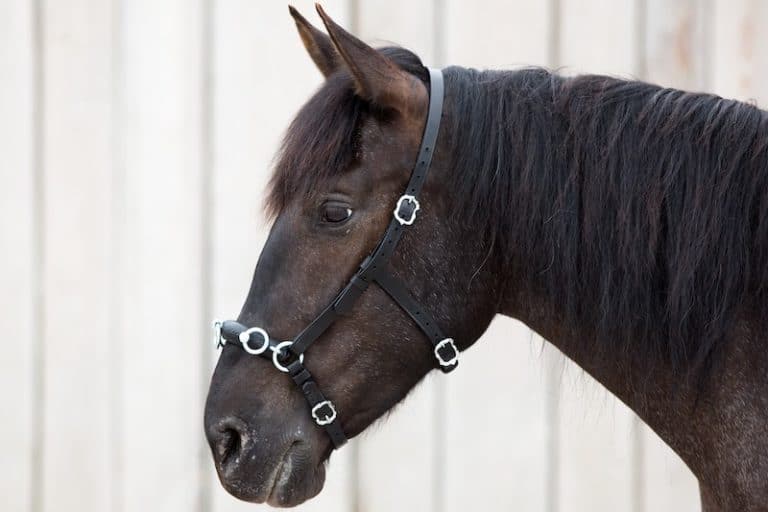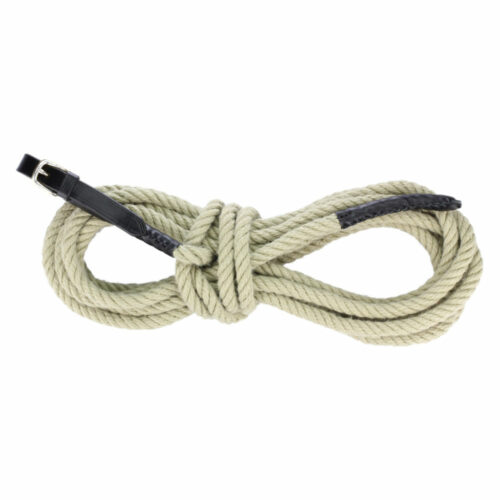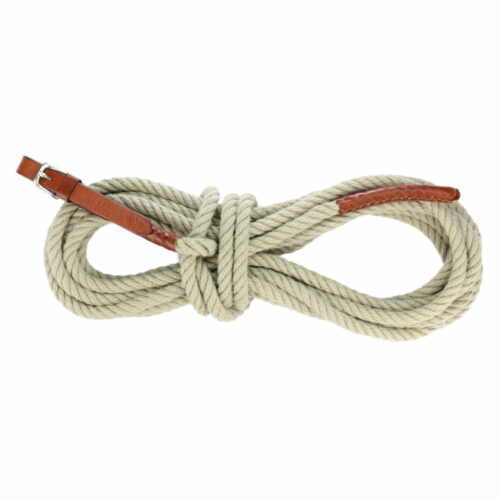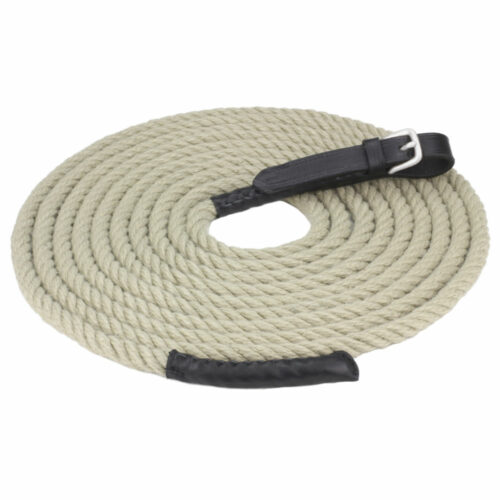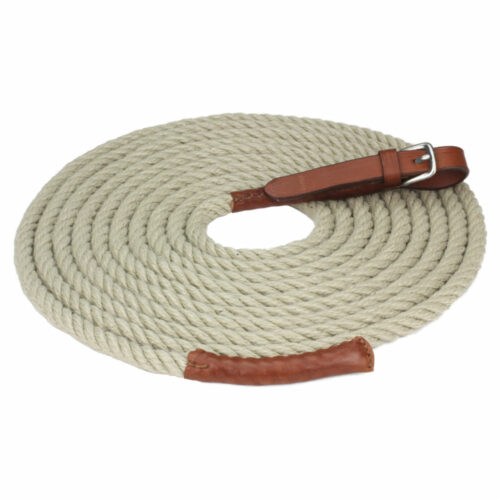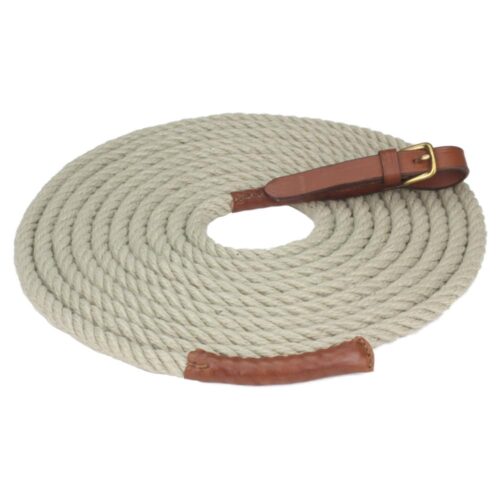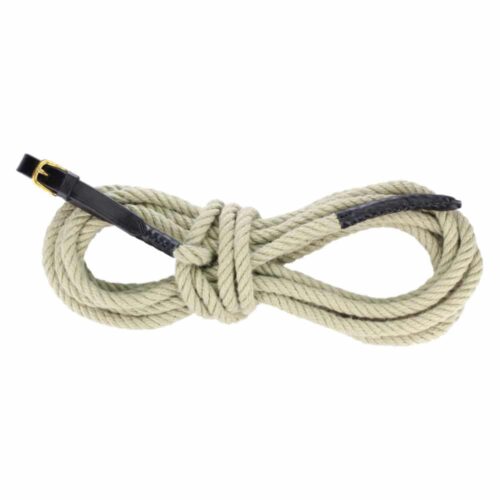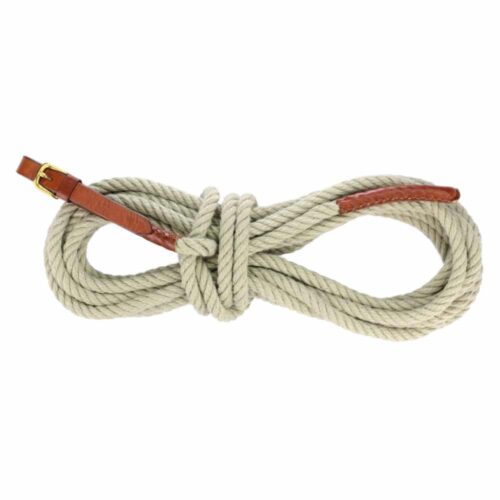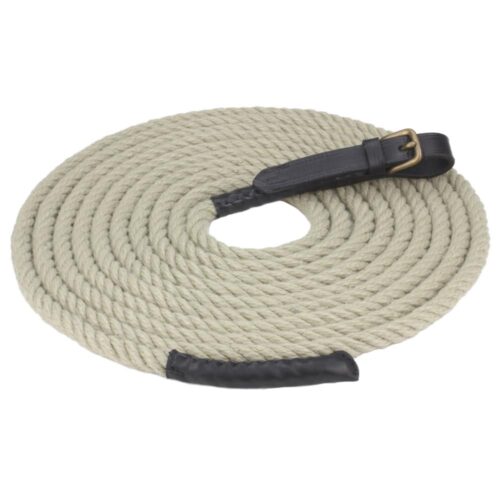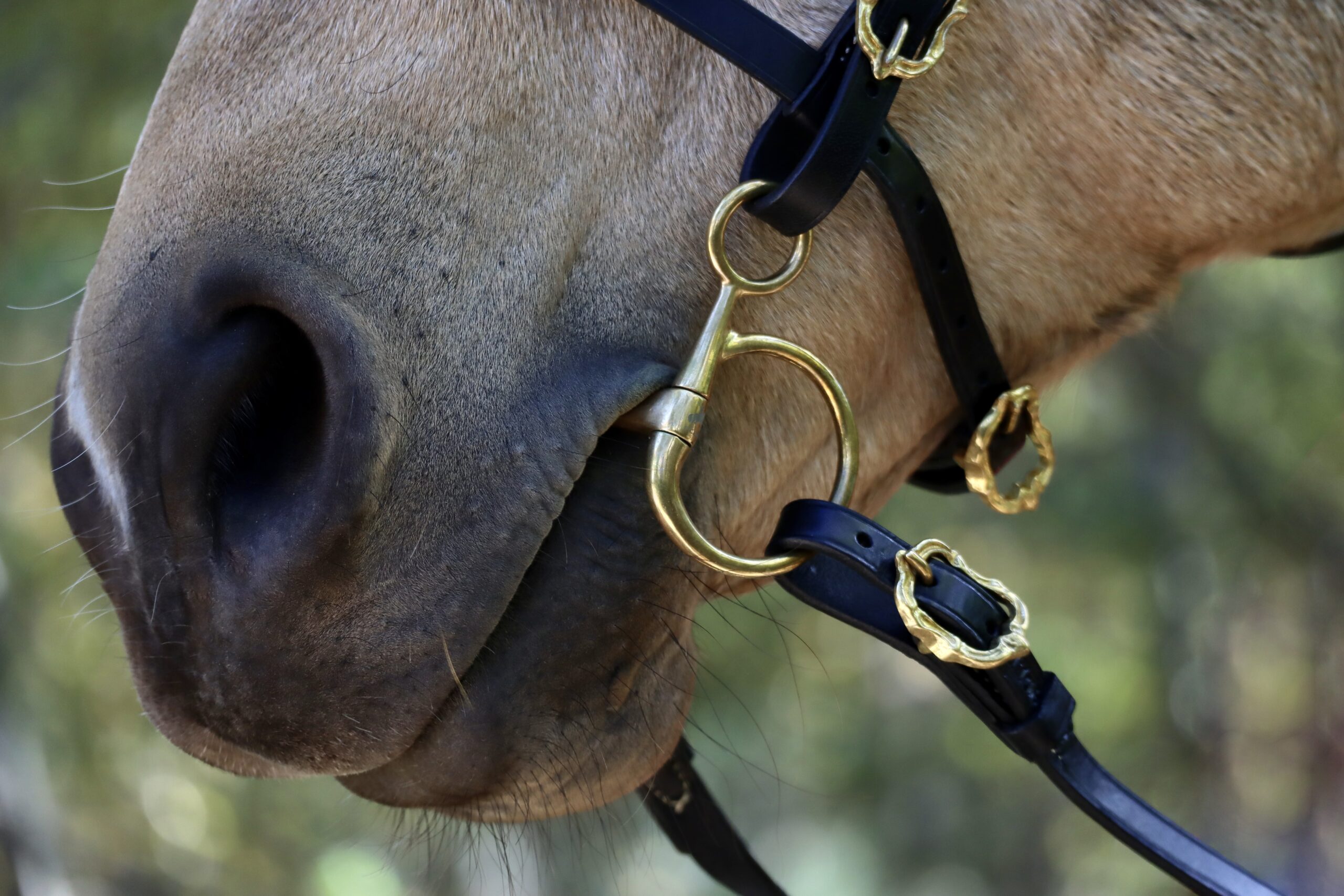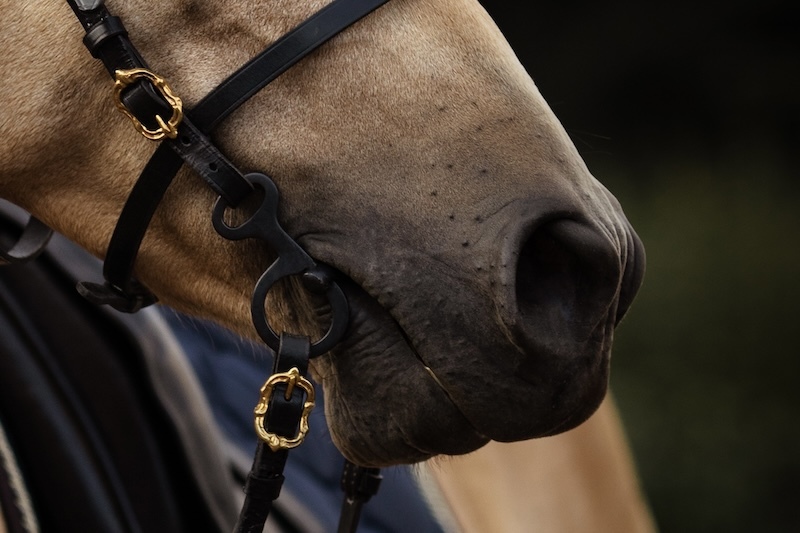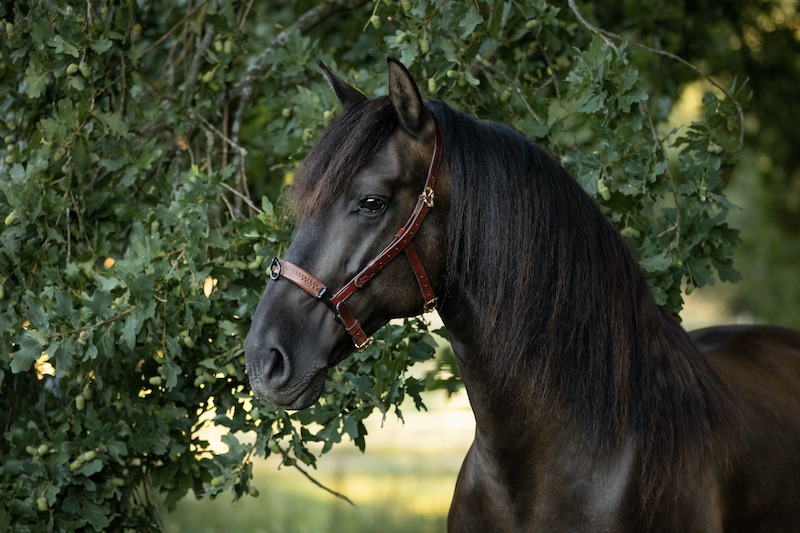Find out more about the newsletter and the voucher conditions here. By registering, you agree to our privacy policy.
Hemp ropes - the underestimated alternative
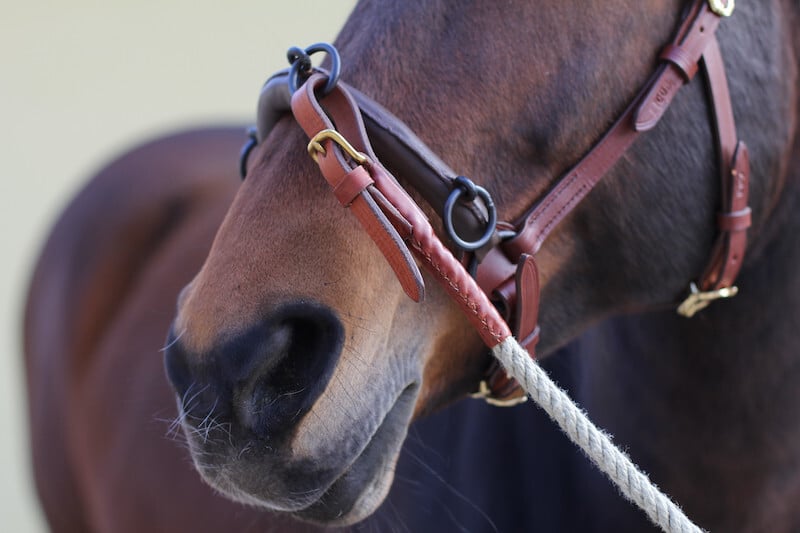
Hemp ropes & hemp lunges are becoming more trendy again. Natural ropes have great advantages, even if they are in strong competition with synthetic fibre ropes. But the natural product does not lose out here.
- History of hemp cultivation
- Manufacturing process - from hemp fibre to yarn
- Advantages of hemp ropes over plastic ropes
- Hemp ropes for the groundwork at Picadera
Click on the button below to load the content of bb434c12.sibforms.com.
Find out more about the newsletter and the voucher conditions here. By registering, you agree to our privacy policy.
✓ 10 € welcome voucher
✓ Exclusive discounts
✓ Updates on new products
✓ Tutorials + instructions
✓ Not too many emails 🙂
[mo-optin-form id="EBhcNsBFFZ"]
Find out more about the newsletter and the voucher conditions here. By registering, you agree to our privacy policy.
History of hemp cultivation
Hemp ropes were already made from the stem fibres of the hemp plant in China around 2800 BC. This makes hemp one of the oldest useful plants in the world. Some time later, in the late Middle Ages, hemp was cultivated from Russia to Europe and became the most important industrial crop. From the 17th to the 19th century, hemp fibre was not only used to produce equipment for ships, but also for paper. Because of its high tensile strength, breaking power and grip, the plant was used to make sailcloth, sacks or rope. But over time, hemp was increasingly replaced by cheaper alternatives. Canvas was increasingly made from cotton, while wood fibres were used for paper instead of hemp fibres.
But it was not until after the world wars that hemp cultivation was stopped by the Narcotics Act in parts of Europe and thus in Germany. It was not until the end of the 20th century that the interest of agriculture and industry grew greater and the ban was lifted. The cultivation of hemp has been permitted again in Germany since 1996, subject to certain conditions. Despite this, hemp remains a niche product, especially in equestrian sports. This is also due to the fact that synthetic ropes have the advantage of being cheaper and very variable in appearance.
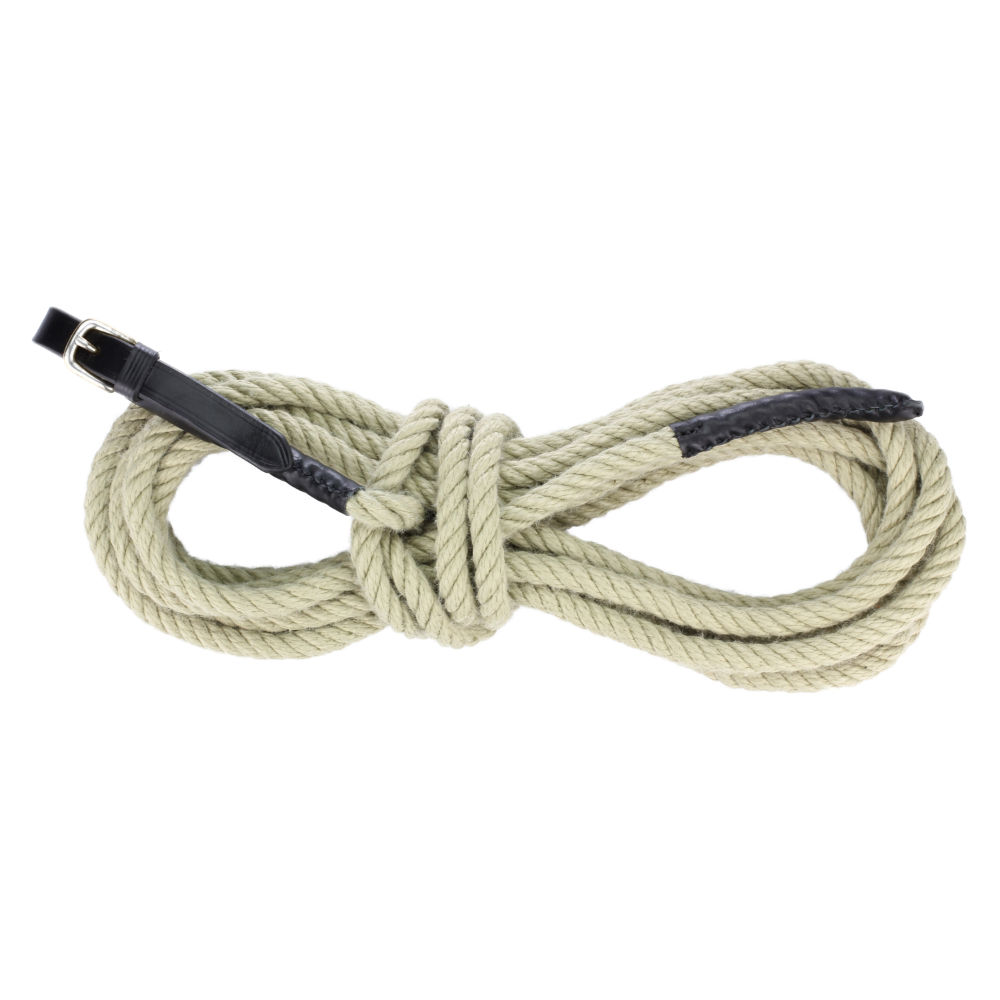
Manufacturing process - from hemp fibre to yarn
There are two ways of processing hemp plant stalks into rope. With the so-called water roasting, the plant is placed in warm water for a few days so that the fibres can be loosened more easily afterwards. Alternatively, the plant can be placed in cold water for several weeks. This dissolves the pectins and consequently the fibres in the stem, which stabilise the plant.
Another organic roasting method is taur roasting, in which the stalks are set up like hay stalks and then exposed to the weather for several weeks or months. Here, the pectins are dissolved by microorganisms, for example in high humidity or rain.
In chemical roasting, pectins are dissolved from the stems with the help of chemicals and heat.
After this process is completed, the fibres can be spun into yarn. The remains of the hemp stalks become so-called "shives" during the de-wooding process, which can be used for other purposes, such as animal bedding, garden mulch or insulation. Wet shives can also rot into valuable compost. The production of hemp fibre is very sustainable, as all parts of the plant can be recycled.

Advantages of hemp ropes over synthetic fibre ropes
First and foremost, natural fibre ropes are generally more robust and durable. They have a high grip and resistance. Also in contrast to the natural product cotton, hemp ropes have very good abrasion resistance and are more sustainable at the same time. Growing a field of hemp yields three times more than growing cotton on the same area. Furthermore, cotton consumes a lot of water during cultivation. Plastic ropes, on the other hand, are not compostable and can only be produced with chemicals.
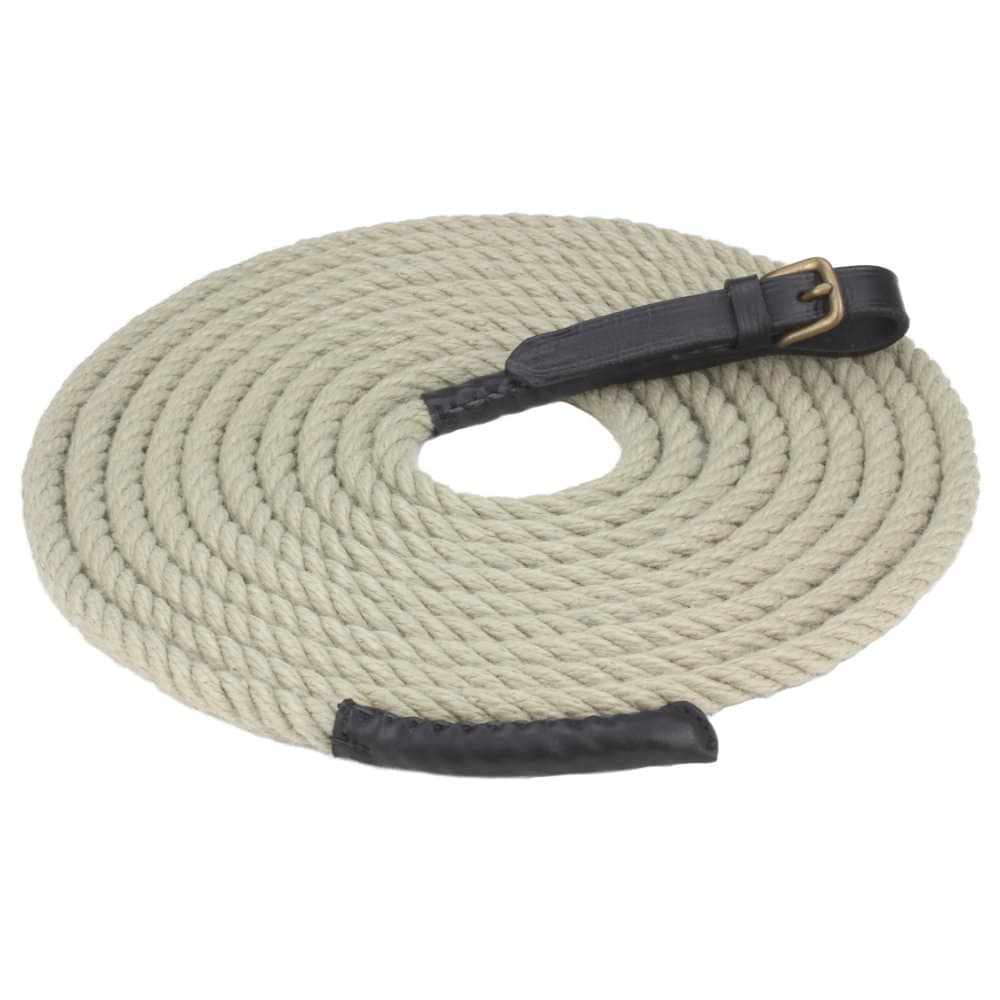
Hemp ropes absorb less water than cotton ropes and only rot when exposed to constant moisture. Therefore, ropes should not be exposed to the vagaries of the weather and should rather be stored in a dry place.
Since hemp can absorb eight percent of its own weight in water, it does not feel slippery or wet despite this and thus retains its grip.
Another advantage is the heat resistance. Hemp ropes are flame retardant. This characteristic is of particular benefit to horse owners: if the horse pulls the lead through its hand, the risk of blisters is lower than with synthetic ropes. Synthetic ropes heat up more quickly when there is friction.
Hemp ropes with a smaller thickness are very flexible, while ropes with a larger diameter are particularly robust. They behave more rigidly than synthetic ropes and are therefore especially popular at groundwork , as the hemp groundwork rope hangs more calmly in the air. This means that aids can be used in a more targeted manner and can be understood more easily by the horse.
Over time, the hemp groundwork rope feels softer and softer in the hand.
Hemp ropes for the groundwork at Picadera
At Picadera there are round twisted hemp ropes & hemp lunges, which are pleasant to hold due to their special weave. Instead of a carabiner, the rope is attached to the Cavesson, Rope Halter or halter via a leather buckle. The buckle is especially useful for horses that react very sensitively to the weight of a carabiner. The leather buckle makes it easier for the horse to be helped. However, if necessary, a carabiner can also be hooked into it. The end of the rope is leather-coated over a length of ten centimetres. The Hemp Groundwork Rope has a thickness of eleven centimetres. It is available in a length of six metres for ground work or work on the hand and in eight metres, perfect for lunging. As an alternative to the brown leather look, Picadera also offers the rope in black leather. The buckles are available in gold and silver.

Many reasons to be enthusiastic
Hemp ropes & hemp lunges convince with their high sustainability, durability and heat resistance. They are resource-friendly and offer an optimal communication tool between horse and rider, due to their lower flexibility compared to synthetic ropes.
Find the perfect hemp groundwork rope for your cavesson:
Tips from the Picadera community
